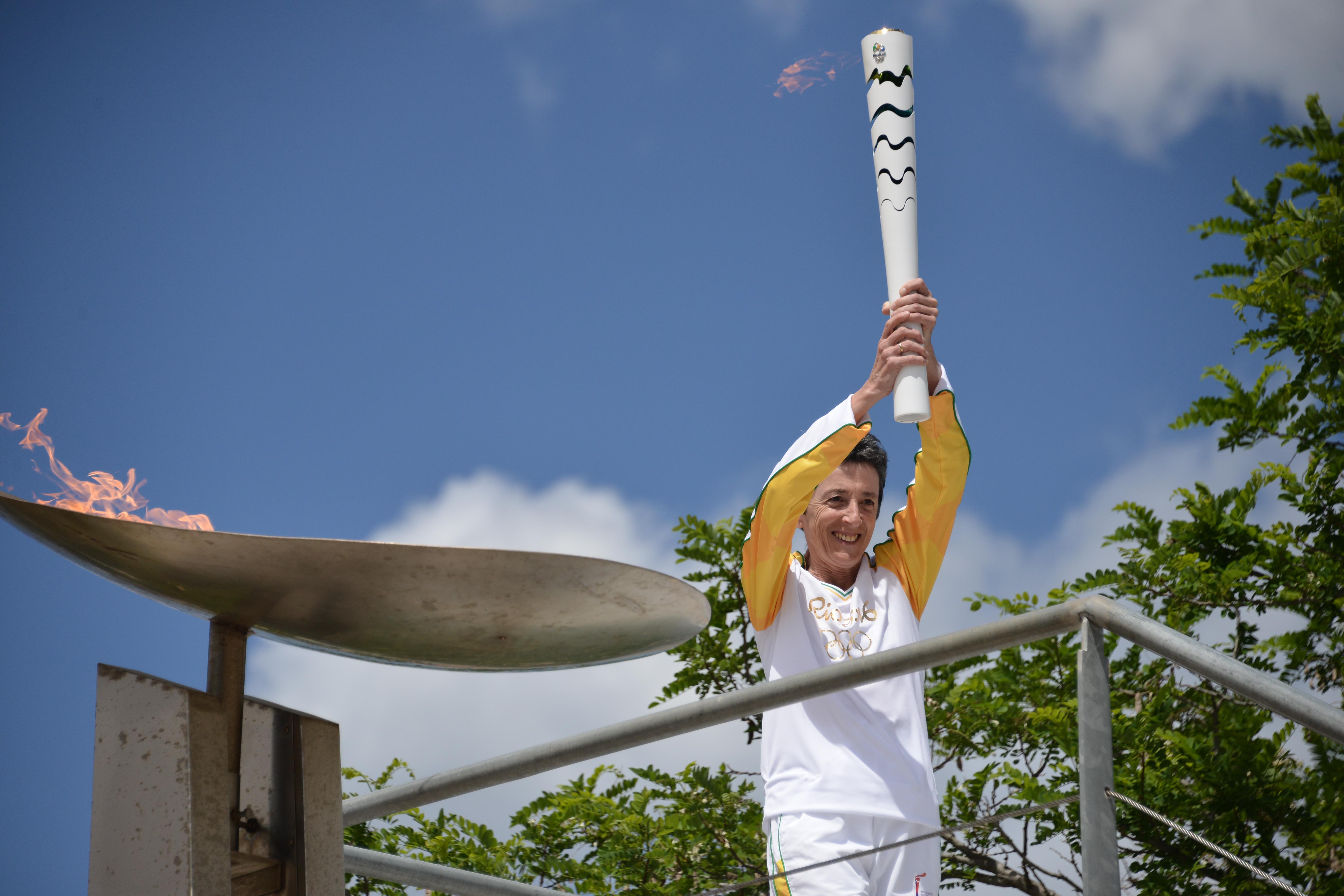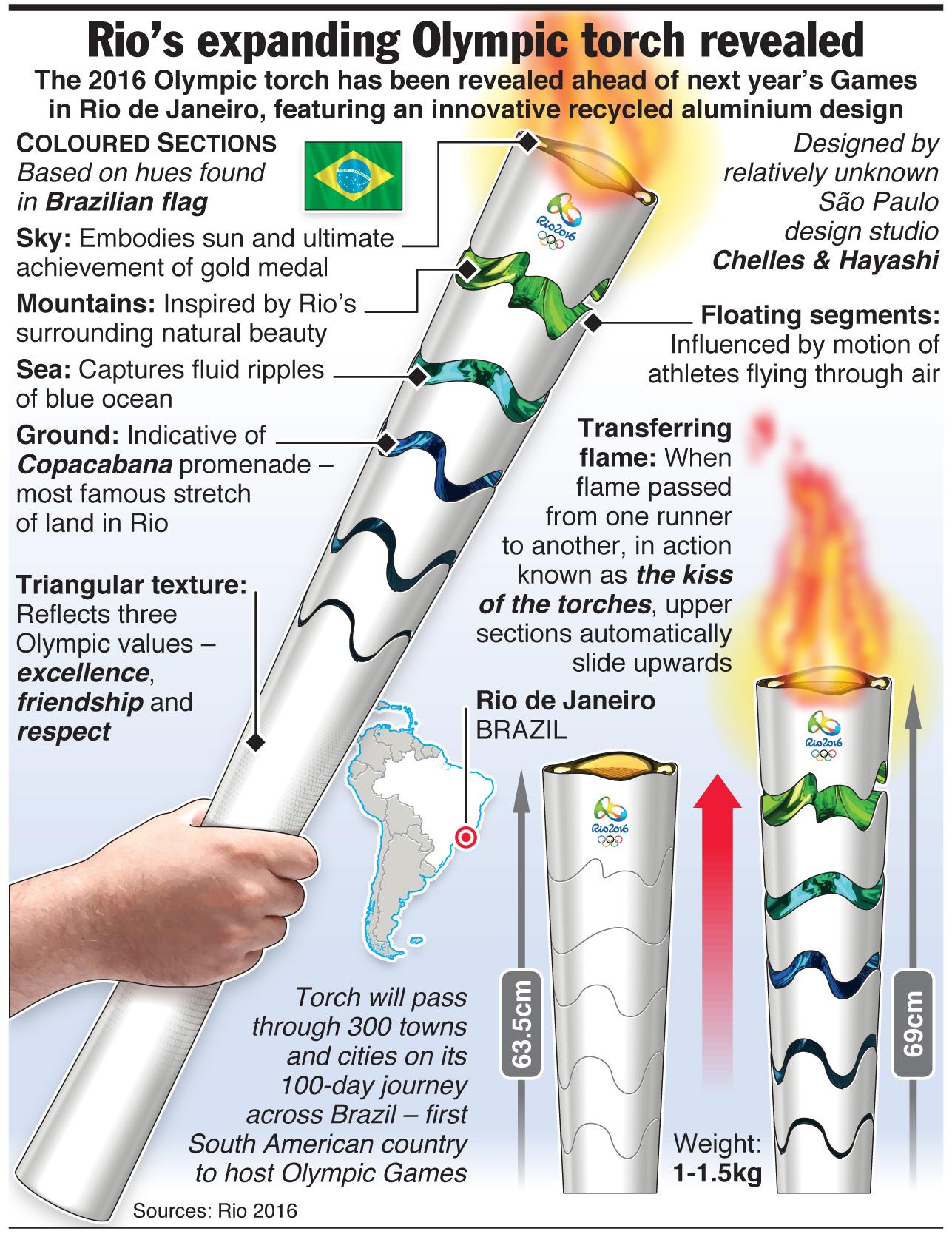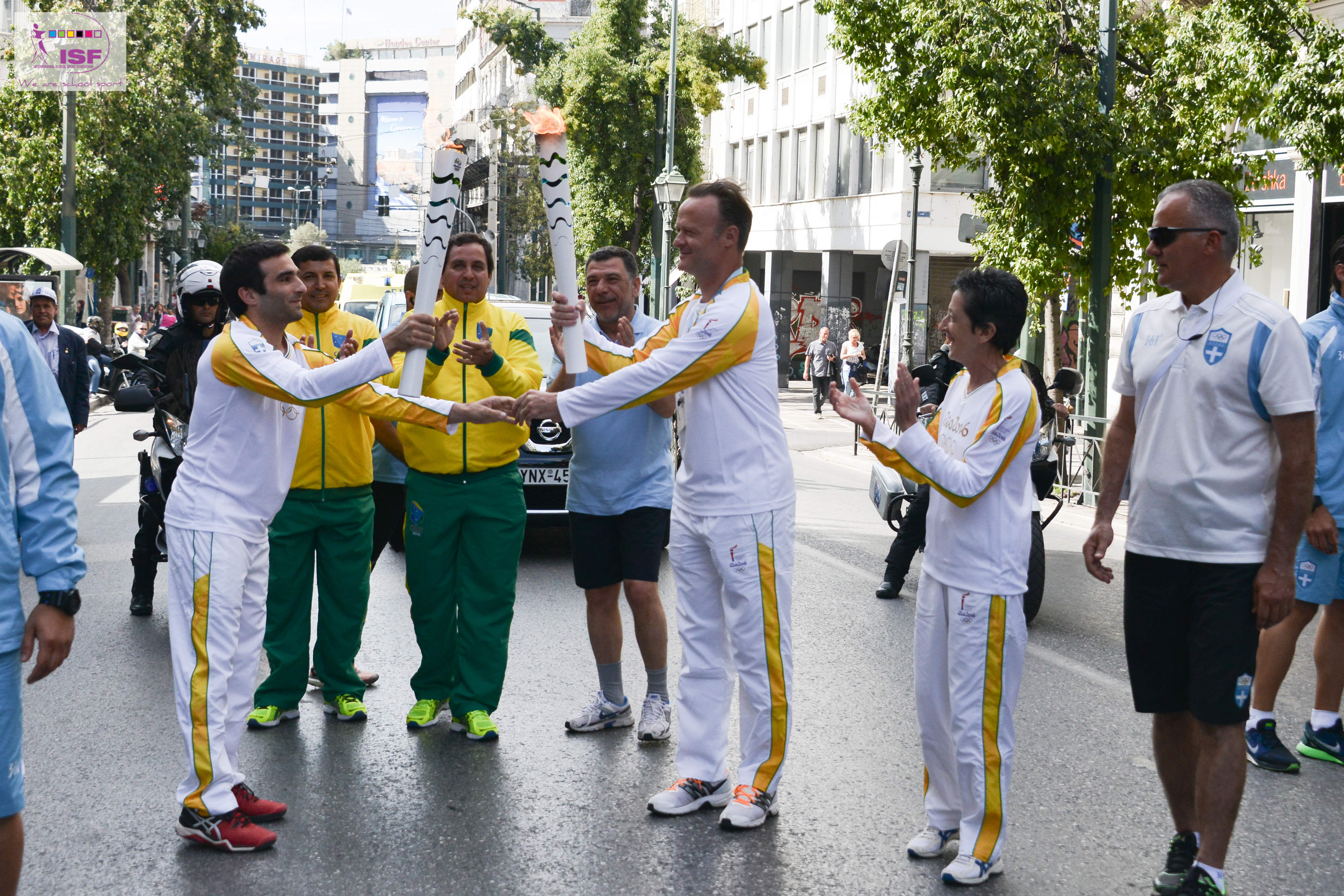A Brief Greek and Flame History
Ancient Greeks believed fire was given to them by Prometheus and believed it had sacred qualities. They used mirrors to focus the sun’s rays to ignite flames in front of Greek temples that would burn eternally. Rituals also included torch relays even though it wasn’t a part of the Olympic Games.
Today’s Olympic flame signifies the connection between the ancient and modern games. The journey of the Olympic torch begins at the ceremonial lighting at the ruins of Temple if Hera in Olympia, Greece and makes its way to its destination, the Olympic cauldron at the site of the games until the flame is extinguished in the Closing Ceremony.
The current use of the Olympic Flame began in 1936 where 3,330 relay runners brought the flame from Olympia to the Berlin Games. To begin the lighting ceremony, an actress portraying a priestess holds an unlit torch in the center of a large, bowl-shaped mirror until the sun’s heat is enough to light a flame on the torch. The flame is then passed to the first relay runner, in a relay towards the Olympic Game site. 1
The Olympic Torch
Olympic torch design has evolved – just as everything else over the years. Technology and propane has come together to produce a torch that preserves the flame every step of its journey. Past torches have used a propane gas and butane mix.
The torches are designed to resist the effects of wind and rain. Each host city to the Olympic Games gets to design their own Olympic torch to be used during the games.
The photo to the left (computer) or above (mobile devices) is Rio’s chosen design; the result of a nationwide tender that received submissions from 76 agencies. A judging panel, featuring 11 members recognized for their expertise in product design or their contribution to the Olympic Movement, unanimously selected the design of Sao Paulo-based creative studio Chelles & Hayashi. 2
2016 Rio Games
The Rio 2016 Torch is made of recycled aluminum and resin with a satin finish. The torch is designed to expand when passed from one runner to another in what’s known as “the kiss of the torches.” During this event, the upper sections of the torch will automatically slide upwards, revealing hidden sections which are different colors to represent Brazil’s natural wonders.
The 2016 Summer Olympic torch relay began April 21 in Olympia, Greece and began making its Brazilian journey May 3rd – where over 12,000 torchbearers will carry the Olympic flame through 329 Brazilian cities until it arrives at its final destination – Maracanã Stadium, Rio de Janeiro – August 5th.





Leave A Comment